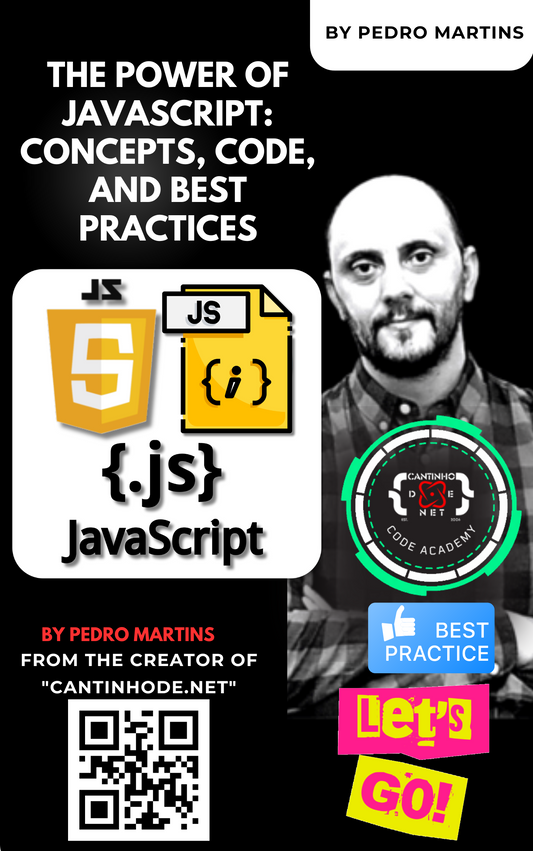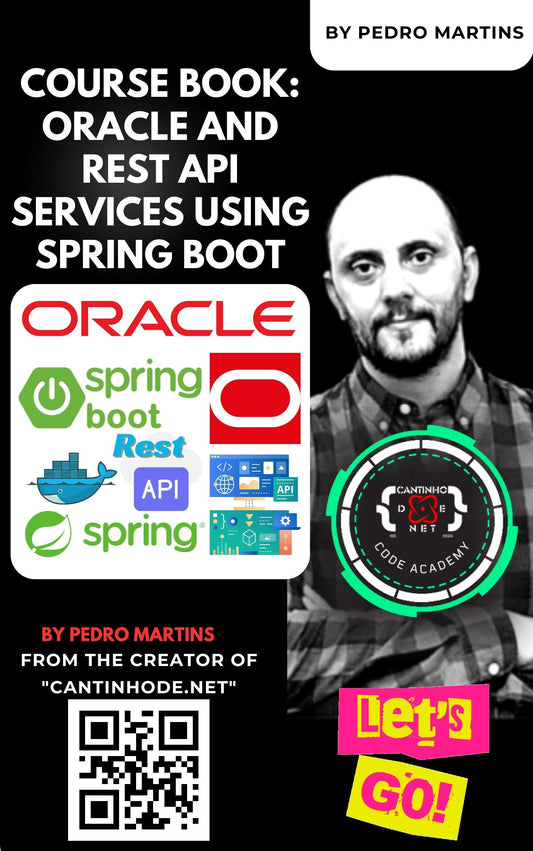Clean Code and Design Principles: A Complete Guide
In the quest to elevate the quality of software development, understanding and implementing clean code and design principles is paramount. This comprehensive guide serves as your roadmap through the intricacies of writing clean code and adhering to foundational software design principles, ensuring your codebase is not only efficient and maintainable but also scalable and resilient.
Introduction to Clean Code and Software Design Principles
The journey toward mastering software development begins with a solid grasp of clean code and design principles. Clean code is about writing code that is easy to understand and maintain by humans, not just machines. It’s about the readability and elegance of the code that makes it as intuitive as possible for others (and yourself) to revisit and refactor. Coupled with robust software design principles, clean code forms the bedrock of software that stands the test of time.
Writing Meaningful Variable Names
Variable names are the first touchpoint for understanding what a piece of code does. They should clearly communicate their purpose and use, avoiding ambiguity and cryptic abbreviations. Meaningful variable names make code more readable and maintainable, reducing the cognitive load on developers and easing the process of debugging and enhancing the code.
Designing Good Functions and Classes
Functions and classes are the building blocks of your code. Good functions are defined by their clarity, conciseness, and a single, focused purpose. They should do one thing and do it well, with a name that describes their action. Similarly, well-designed classes encapsulate data and behaviors related to a single entity or concept, adhering to principles of high cohesion and low coupling.
Software Design Principles - I (DRY, YAGNI, KISS, etc.)
- DRY (Don’t Repeat Yourself): Advocates for reducing repetition of software patterns. Reuse code instead of duplicating it, to minimize redundancy and mistakes.
- YAGNI (You Ain’t Gonna Need It): Focuses on not implementing functionality before it’s necessary to avoid complexity and waste of resources.
- KISS (Keep It Simple, Stupid): Emphasizes simplicity in design, avoiding unnecessary complexity, and making things as straightforward as possible.
Software Design Principles - II (Abstraction, Extensibility, Cohesion)
- Abstraction: Simplifying complex reality by modeling classes appropriate to the problem.
- Extensibility: Designing software in a way that it can be extended, often by users, without needing to modify the original codebase.
- Cohesion: Ensuring that classes have well-defined responsibilities and that all the class’s methods are closely related to its functions.
Software Design Principles - III (SOLID Principles)
- Single Responsibility Principle (SRP): A class should have one, and only one, reason to change, meaning it should have only one job.
- Open/Closed Principle (OCP): Software entities should be open for extension, but closed for modification.
- Liskov Substitution Principle (LSP): Objects of a superclass should be replaceable with objects of a subclass without affecting the correctness of the program.
- Interface Segregation Principle (ISP): Many client-specific interfaces are better than one general-purpose interface.
- Dependency Inversion Principle (DIP): High-level modules should not depend on low-level modules. Both should depend on abstractions.
Conclusion
Mastering clean code and design principles is an ongoing journey in a developer’s career. By adhering to these guidelines, developers can ensure that their code is not just functional but also a joy to work with for others and their future selves. This guide lays the foundation for building robust, scalable, and maintainable software, paving the way for excellence in software development.
Embark on this journey with an open mind and a commitment to continuous learning and improvement. The path to clean code and solid design principles is both challenging and rewarding, leading to better software and more fulfilled developers.








